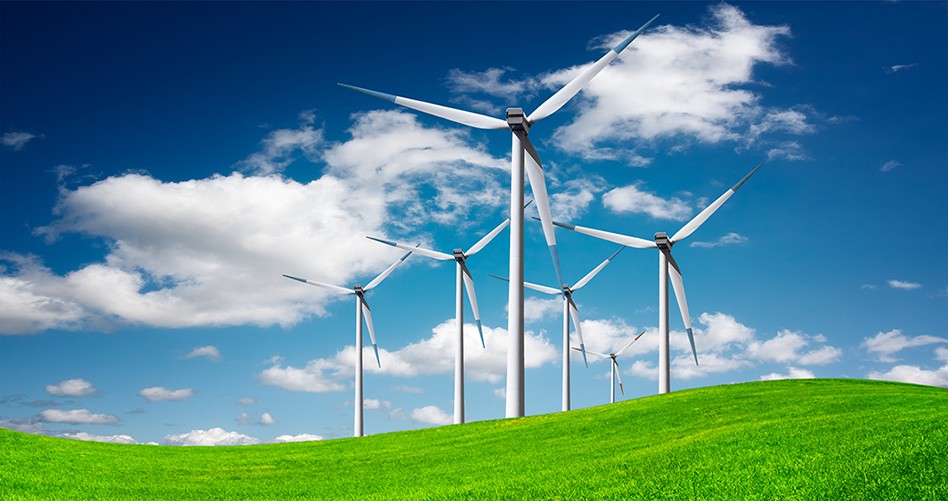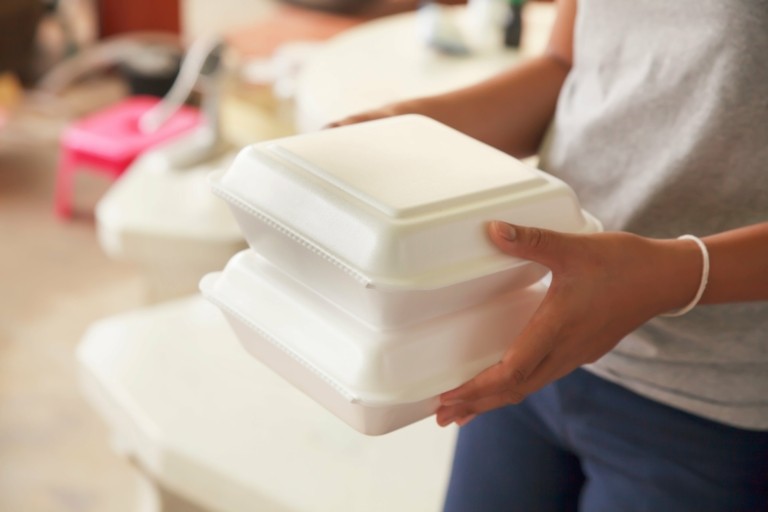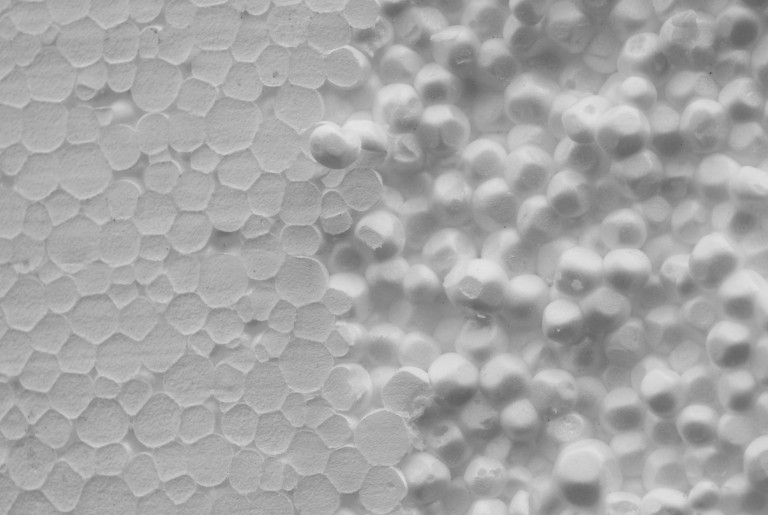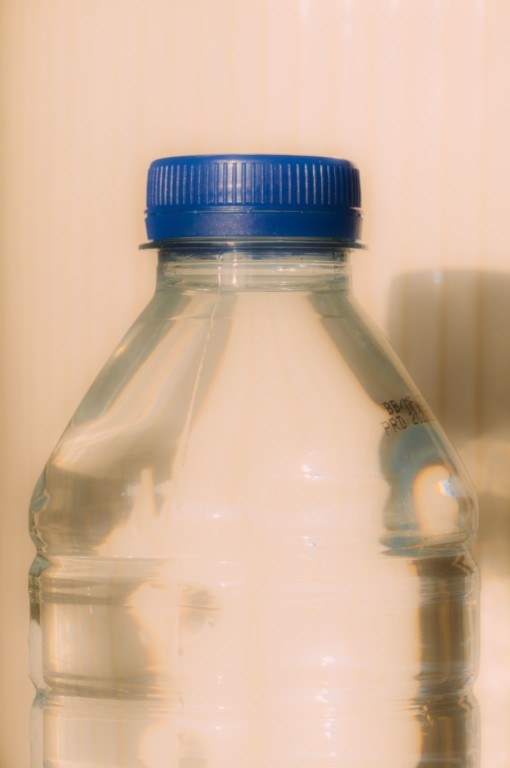
The biodegradable plastic industry has three types of products, Oxo-degradables, BioResins and Biodegradable Plastic Additives. These different products are useful in some ways and in others they are not.
Oxo-degradable additives: are useful in litter environments where heat, light and air can force the plastic to break into small pieces that are not plastic, but diols( diols are defined below 500 daltons, the average Molecular Weight is much higher for plastic polymers). These products when broken down into diols can allow microbes(bacteria and fungus) to produce a saliva like product to dissolve the diol, this will occur over a very long period of time because of the structure of the diols. Due to the process of breaking down the plastic to a diol because of the need of heat, air and light this breakdown is very hard to happen in a landfill and it is not considered fully a biodegradable plastic solution due to the limitations on the plastic product and how it breaks the polymer chain into smaller pieces. Oxo-degradable plastic additives require UV light to reduce the polymer chain prior to being placed into a landfill, without this step Oxo-degradable additives are essentially useless when disposed of in landfills.
Corn Based Plastics and BioResins: are useful when placed into an industrial compost facilities, there are very few of these facilities, they require temperature of 140 degrees, most composting facilities operate at 110-150 degrees, because of this it is very hard for these Bioresins to decompose in normal composting facilities, that is why it is required to be placed in industrial compost facilities. Most BioResins are made with organic materials such as corn, sugar and algae. These Bioresins are different in decomposition and the time it takes to decompose. Certain testing standards have been developed to test these BioResins including the ASTM D6400 that are specific to industrial composting and not commercial composting or home composting conditions. It is important to know that all compost facilities have oxygen so certain kinds of fungus can grow. Bioresin technology is considered degradable not biodegradable for industrial compost facilities. You can view white papers and other documents on how PLA hydrolyzes on our page is PLA compostable and biodegradable.
Negatives: New reports show that BioResin technology creates N2O which is 310 times more potent than Co2. Due to these problems the ozone depletion of bioresins is at the top of the list above synthetic based polymers. This creates a problem for the environmental claims behind BioResins as their base market is replacing PS, PP and PE. If you are creating a final product and want a low Life Cycle Assessment to the earth, compostable plastic is the worst for ozone depletion according to The University of Pittsburgh.
Biodegradable Plastic Additives: Many biodegradable additive companies are selling their products worldwide, these biodegradable plastic additive companies test their products using the testing method ASTM D5511 or ASTM D5526 this testing method is for environments with no oxygen, this is a landfill environment. Bioadditives are useful in these environments. Bioadditives allow the bacteria and fungus to dissolve the plastic layer by layer. This makes the plastic not break into pieces but to maintain the orginal shape of the product reducing the weight of the plastic at a much easier way then the oxodegradable plastic. Plastic does not like water, so this product allows many microbes to use the special biodegradable additive compounds in dissolving the plastic and turning it into dirt. The microbes are only able to eat from the surface of the plastic and are not able to eat from the middle of the plastic which allows for a slower time in decomposition of the plastic.
Biodegradable Plastic from BioSphere
A combination of many of these technologies with a valuable cost difference, Biosphere plastic is cheaper. Biosphere allows the microbes in both the compost environments and the landfill environments to decompose the plastic from deep within the plastic not just on the surface allowing the bacteria and fungus to create large caves increasing the area that can decompose, rather then just the surface. This allows Biosphere’s technology to work much faster then other technologies. Biosphere can also control the time it takes for bacteria and fungus to consume the plastic. This allows Biosphere’s biodegradable additive to be the best because of price and because of technology for the enhancement of the biodegradation of plastic.
Yes, plastic is slow at biodegradation, so we have formulated new technology to enhance the biodegradation of plastic at rates between 5 months and 10 years with testing to back up our products. The enhancement of biodegradation is based on a few intricate design scopes for manufacturers. Your product will decompose faster the lower the molecular weight of your product is, the more surface area and the more hydrophalicity of the product. Don’t worry about the hydrophalicity BioSphere’s unique additive will increase the hydrophalicity of your product allowing for bacteria and fungus to grow around your product when placed in or around anaerobic or aerobic environments that are active.
Different technologies exist in the market, including Oxo-Degradable products, BioResins and BioAdditives, each of these products work differently to decompose your plastic products, in different environments. Below we dig deeper into the science of these three separate products.
Oxodegradable products: Oxodegredation occurs when minerals or stearates are placed within the structure of the plastic product, during decomposition technically the plastic product no longer exist because of the air, light, heat and mechanical stresses of the plastic it reduces the molecular weight to below the plastic or polymer definition to a diol a diol is a smaller molecular chain of plastic that is very sticky and can be regulated as per the California Prop 65. When the plastic is reduced to a diol the ability for microbe loving organisms to consume the plastic occurs and the plastic product will be consumed over a period of time. The period of time is very hard to define as most oxo-degradable companies are focused on reducing the overall molecular weight and visual characteristics of the plastic product and it is very hard to tell over what period of time the diol or your remaining plastic product is still in a landfill. Overall, Oxo-degradable products are very useful in littered environments and will reduce the overall molecular weight and the visual product to smaller and smaller polymer chains, then to a diol, then to CH4, Co2 and Biomass and very small chains of stearates.
Naphtha is also used when making the Oxo-degradable products, Naphtha is also used in making Polypropylene and Polyethylene.
BioResins: Many different BioResins have been manufactured and utilized over the years to provide a solution for your quest on finding the best biodegradable solution in the market. Many organizations utilize PLA, PHA’s and other BioResins in the market. The core technology is around taking sugars and making a resin out of those sugars to make products. PHA utilizes microorganisms to do the work to turn biomass into a resin that then can make bioplastics. The biggest hindrance of PHA is the cost in utilizing the product for generic products such as cups, bowls, garbage bags and the like. Large amounts of research has been done over PHA allowing the processing to be much better then competition, but the costs are still overwhelming to be a fully cost effective solution. PLA is used by a wide variety of manufacturers around the world, the problem with PLA is the running temperatures needed to form most common applications require different uses of additives that negate the composting credentials of PLA. It has been written in many articles in regards to utilizing PLA as a source for medical applications that combining the PLA matrix with other BioResins to achieve a more robust biodegradable product that can withstand moisture and higher heat in ambient environments slows the biodegradation rate by multiple times. So the decision is up to you, sometimes gaining one benefit will make you lose another benefit. Overall, PLA is made from Corn, Utilizes large amounts of energy to produce and creates significant CO2 and N2O release into the environment when manufacturing due to fertilizers and pesticides.
Biodegradable Additives and Comparisons
BioAdditives: Many different bioadditives are seeing market traction, most biodegradable additives work very similar to one another, they all make your product hydrophilic, water loving. When using a biodegradable additive there are separate factors that come into place to achieve high amounts of enhanced biodegradation.
1. Molecular Weight of your current resin.
2. Homogenous Mixture.
3. Branching of the polymer.
4. Microbes that are attracted to the polymer and their special ingredients.
Each different polymer has a set of microbes that will secrete enzymes for that plastic, but some microbes will secrete enzymes allowing consumption of different plastic such as some polystyrene microbes will also secrete enzymes that work on polyethylene. While other microbes stick to just one resin type. This is very important when understanding your bioadditive of choice and selecting which biodegradable additive will work for your application. Some companies sell numerous products for individual resin types mainly for processing purposes, not designed for biodegradation at optimal rates from our independent testing of these products. It is important to note that the biodegradation of each product will work differently, but will occur over a period of time and most will compare to one another after 30-40 weeks biodegrading at the same rate, but having different optimal times. Microbes when secreting their enzymes have a tough time breaking certain bonds within the polymer chain and just like humans when building a building may need to call in certain help to finish the job, Bioadditives work much like that allowing microbes to work together to break down a product.
Molecular weight: It has been well documented through research that the molecular weight of the resin is very important, if you have a very high molecular weight product do not expect a fast biodegradation rate, if you are mixing bioadditives that are not consistent with your base resin, it will also slow your biodegradation rate due to a plethora of factors but mainly due to homogenous mixture of the plastic, inexpensive carrier resins from the bioadditive suppliers or a homopolymer carrier resin will also slow your biodegradation.
After many years of individual research we have found that bioadditives are surface dissolving products allowing microbes to dissolve the surface reducing the weight of the plastic and the shape of the plastic over time. While BioAdditives do work very well, the surface area of the plastic is generally kept the same in most cases. We do however find that pits or holes on the surface may slightly increase the biodegradation yet,it still is not allowing the microbes to fully dwell within the plastic structure itself and explains why most items after testing still look to be holding their form and shape.
Biosphere Biodegradable Plastic Additive Difference
Our product has been designed to overcome these hurdles. Biosphere biodegradable additive has been formulated to maintain the best possible solutions for cost effective treatment of your plastic products to obtain the enhancement of the biodegradation of plastic. We have formulated our product offering to allow a true homogenous mixture within specific resin types and the best possible solution for other resin types. We add unique hydrophilic ingredients, with numerous microbe loving bonds into your plastic product(unlike any other product) attracting various microbes found commonly in landfill environments(unlike other products). We have isolated microorganisms that are found within the landfill and compost facilities attracting them to your plastic so they can utilize the carbon for energy and utilize the small oxygen rings we place in so they can decompose your product. The additive is unlike other additives allowing for a deep intrusion into your plastic article as well as surface degradation so that the microorganisms have a broader area to consume. We have packaged this product together for a feasible cost affordable solution to the market space, competing with all technologies, Oxo-Degradable Products, BioResins and BioAdditives.
Our Standard Pricing is listed under our products tab in biodegradable plastic additive product pricing.



